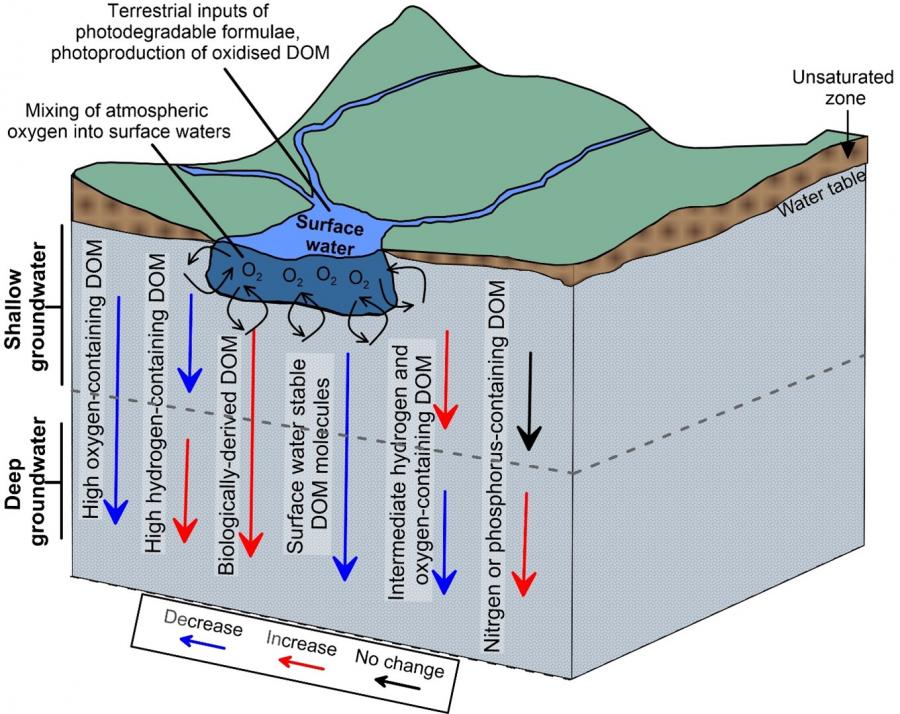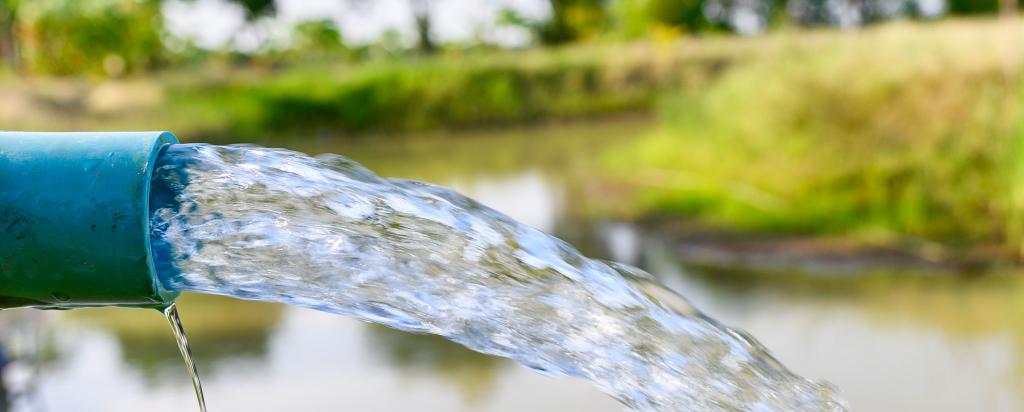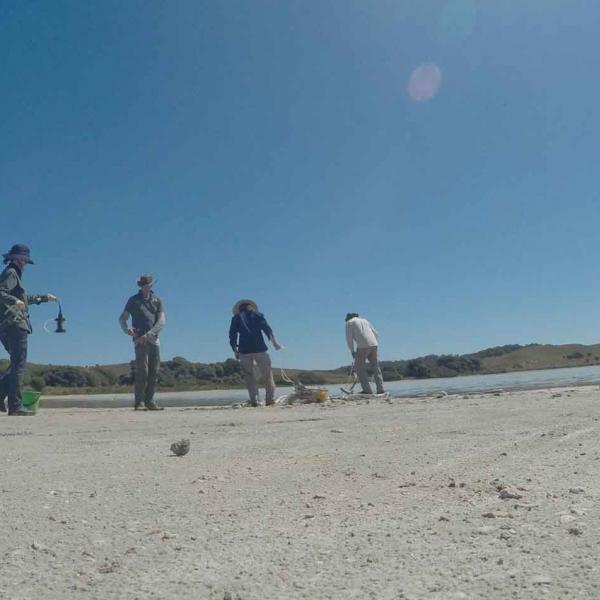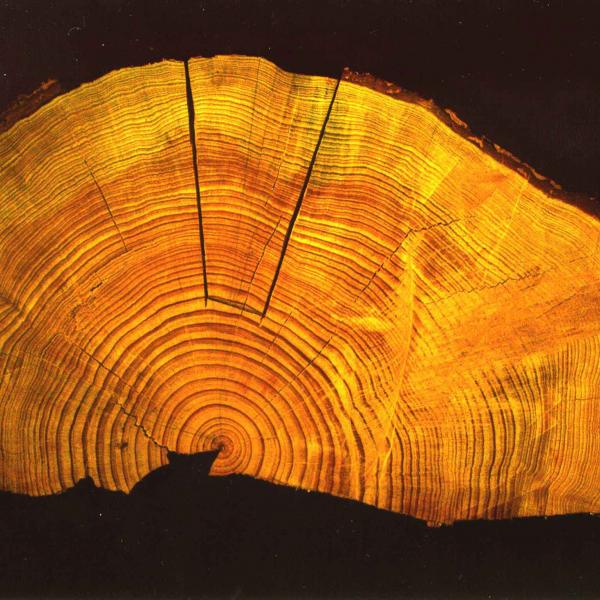

Published on the 14th July 2022 by ANSTO Staff
Key Points
-
Research brings an understanding of the stability of groundwater organic matter from deep basins that is essential for management of this valuable resource in the future
-
Australian and American groundwater experts have developed a new conceptual framework that describes the degradation of carbon over time in the subsurface
-
Highly sensitive isotopic and radiocarbon dating techniques at ANSTO, chemical analyses at UNSW and ultra-high resolution mass spectrometry at Florida State University (US) were combined to develop the framework
Groundwater experts from ANSTO and UNSW have led a collaboration of Australian and American researchers to analyse the composition of deep, very old groundwater and develop a new conceptual framework that describes the degradation of carbon over time in the subsurface.
“A better understanding of the stability of groundwater organic matter from deep basins, when it is extracted or reaches the surface or aquatic environments, is essential for management of this valuable resource into the future,“ said Dr Karina Meredith, a co-author of the paper published in Nature Communications.
Very little was known previously about the composition and reactivity of groundwater and how dissolved organic matter was transformed by microbial processes.
The new groundwater degradation pathway the researchers identified challenges the paradigm of how dissolved organic matter was generally thought to be processed in aquatic environments.
Highly sensitive isotopic and radiocarbon dating techniques at ANSTO, chemical analyses at UNSW and ultra-high resolution mass spectrometryat Florida State University (US) were combined to develop the framework.
“Most of our understanding of the cycling, stability and degradation of dissolved organic matter in aquatic environments is based on surface waters such as lakes, rivers and oceans. These surface environments usually contain oxygen and are exposed to sunlight which can break down organic matter. In deep groundwater, conditions are very different because there is no sunlight or dissolved oxygen” explained Dr Liza McDonough, first author of the publication, who was supervised by Dr Meredith at ANSTO.
Previous studies have identified a consistently stable group of dissolved organic matter molecules in surface environments, which increase in abundance over time as other more easily degraded organic matter molecules are removed.
This had been suggested as a model for dissolved organic matter cycling, where a combination of degradation processes was thought to result in an accumulation of stable dissolved organic matter molecules with a similar composition.
“Using deep groundwater samples from the Great Artesian basin that contained organic matter more than 20,000 years old, we now understand the cycling and transformation of dissolved organic matter in groundwater over time,“ said Dr McDonough.
For the first time, researchers showed that dark and oxygen-free aquifer environments result in a build-up of dissolved organic matter molecules that differ from the types of stable molecules observed in surface waters.
The amount of oxygen in the water affects the degradation. As the amount of oxygen in groundwater reduces over time and with depth, microbes use the oxygen that is contained in the organic matter.
This results in the accumulation of other types of molecules that are stable in groundwater but can be easily broken down by surface microbes and sunlight once they are re-exposed to surface environments.
“As groundwater can release carbon dioxide or methane when it interacts with the atmosphere and contribute to the global carbon budget, it is also important to estimate the amount of carbon in these sources,” said Dr McDonough.
Collaborators also included the National Marine Science Centre at Southern Cross University.
Read more on The Conversation






